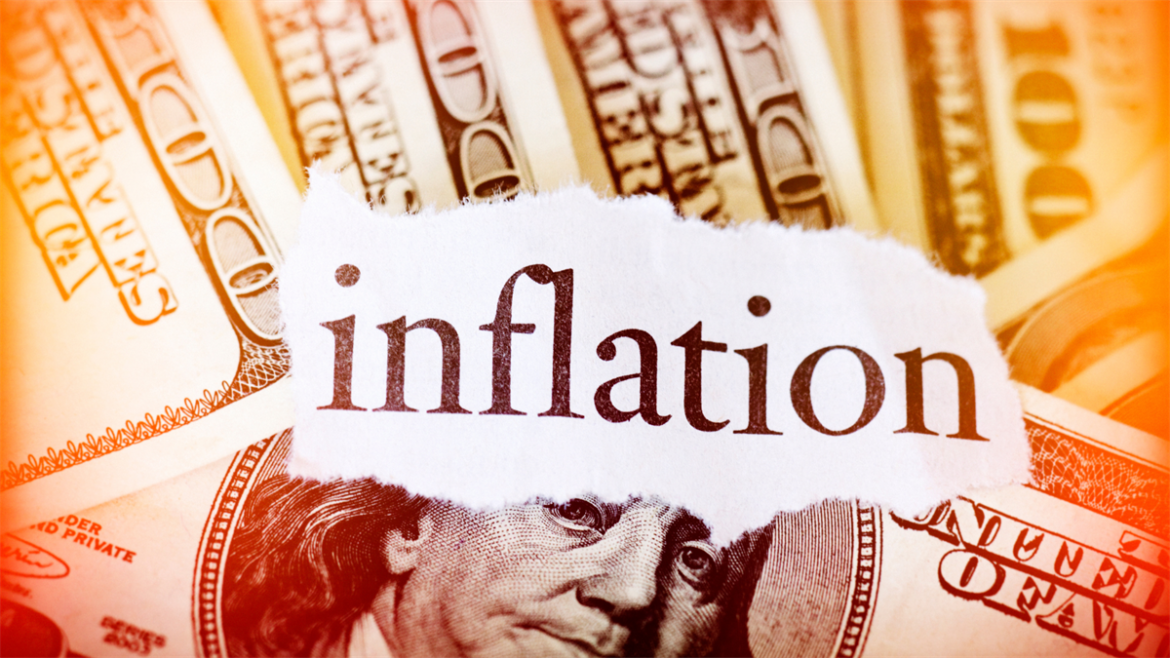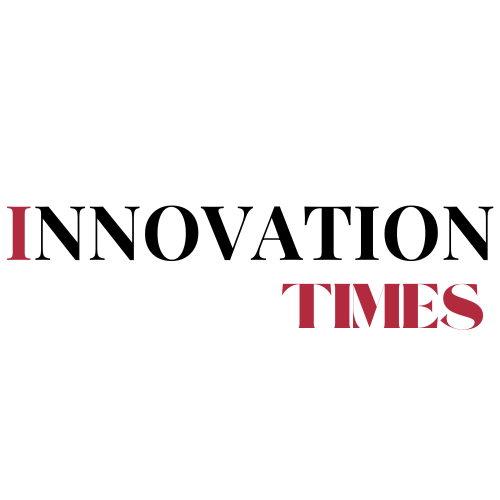Table of Contents
WASHINGTON — As inflation shows signs of cooling for the first time in nearly two years, a new wave of tariff hikes on Chinese imports is raising concerns that the U.S. economy could face a renewed surge in consumer prices. Economists and policymakers are watching closely, warning that these opposing forces may trigger a complex and unpredictable price environment in the months ahead.
Inflation Slows, but at a Delicate Pace
Recent data from the Bureau of Labor Statistics shows the Consumer Price Index (CPI) rose just 0.2% in May, down from 0.3% in April, marking the lowest monthly increase since late 2023. On an annual basis, inflation stands at 3.1%, edging closer to the Federal Reserve’s 2% target. Core inflation, which excludes food and energy, also eased to 2.9%.
Federal Reserve Chair Jerome Powell acknowledged the progress during a Senate hearing last week. “We’re seeing encouraging signs that inflation is moderating,” Powell said. “But we remain cautious and data-dependent.”
New Tariffs Raise Fresh Concerns
On June 10, the Biden administration announced a significant expansion of tariffs on Chinese electric vehicles, solar components, semiconductors, and batteries—many of which are central to U.S. clean energy and manufacturing goals. The tariffs, set to take effect in August, will increase duties on selected imports from 25% to as high as 100%.
The White House cited national security and industrial competition as reasons for the move, but business groups fear the impact on prices and supply chains.
“This could push up costs for manufacturers and consumers alike,” said Emily Carter, senior analyst at the U.S. Chamber of Commerce. “Tariffs act like a tax. Eventually, those costs trickle down.”
Mixed Signals for Consumers and Businesses
The potential collision between easing inflation and rising input costs is creating uncertainty for retailers and consumers. Industries that rely on Chinese components—including automotive, tech, and construction—may be forced to raise prices in the fall if tariff-related costs are passed along.
Meanwhile, retailers remain cautious. “We’ve just started seeing some price stability return to shelves,” said Marcus Lee, procurement director for a national electronics chain. “If costs go back up, we may be forced to reconsider pricing strategy ahead of the holiday season.”
Small businesses, many of which have thin profit margins, are especially vulnerable. A National Federation of Independent Business (NFIB) survey conducted this month found that 58% of respondents are concerned the tariffs will negatively impact their cost structures by Q4.
Government Strategy and Market Outlook
The Biden administration maintains that inflationary pressure from tariffs will be limited and manageable. Treasury Secretary Janet Yellen defended the decision during a recent press conference. “These targeted tariffs are designed to protect American jobs and industries without significantly affecting broad consumer prices,” Yellen said.
However, some economists disagree. “Even if the direct inflation impact is modest, the psychological effect could disrupt expectations,” said Dr. Nina Wells, a senior economist at Brookings. “Markets and households might brace for higher costs, which can become self-reinforcing.”
The Federal Reserve is expected to hold interest rates steady at its next policy meeting, with officials signaling they are not yet ready to cut rates until inflation shows sustained downward movement. Rising tariffs could complicate that timeline.
What Comes Next?
The next few months will be critical in determining whether the economy can maintain disinflation amid the trade policy shift. Analysts are watching for signs of producer price increases, import cost spikes, and changes in consumer behavior.
If tariffs lead to delayed investment or reduced spending, the economy could face broader headwinds in Q3. Conversely, if inflation continues to cool despite higher import duties, it may signal greater resilience than previously expected.
For now, uncertainty reigns. “It’s a balancing act,” said Powell. “We must weigh the risks of acting too fast against the costs of doing too little.”



